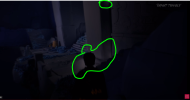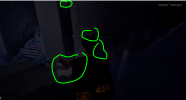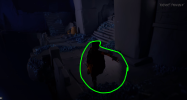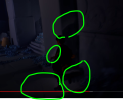DavidGraham
Veteran
So in the past week or so, we had several UE5.1+ titles released on PC, to form some sort of a preliminary picture concerning it's performance on current PC hardware.
The first example is the game called "Satisfactory", featuring Software Lumen without Nanite, the game allows you to toggle Software Lumen off and on, and examine the performance. Problem is, with Lumen activated, fps takes a huge hit, @4K the 4090 dropped from 150fps without Lumen to just 44fps with Lumen, a 4080/7900XTX dropped from 108/118 fps to just 28fps.
In effect, for Ada/RDNA3 GPUs, Lumen off is at least 3x times faster than Software Lumen. For Ampere/RDNA2, the picture is quite worse, Lumen off is 4x times faster on the 3080Ti, while being 5X times faster on a 6900XT.
4090: 44 fps
4080: 28 fps
7900XTX: 28 fps
3080Ti: 20 fps
6900XT: 16 fps

 gamegpu.tech
gamegpu.tech
The second example is the game Layers of Fear, with it's use of Hardware Lumen, without Nanite, at 4K max settings it runs well only on the 4090.
4090: 75 fps
7900XTX: 50 fps
3080: 37 fps
6800XT: 30 fps

 www.pcgameshardware.de
www.pcgameshardware.de
The third example is the playable demo called "The Old West: Northwood", featuring Hardware Lumen + Nanite, the demo is extremely heavy even at 1080p, as a 4090 barely did 41fps.
4090: 41fps
4080: 31 fps
7900XTX: 22 fps
3080Ti: 21 fps
6900XT: 13 fps

 gamegpu.tech
gamegpu.tech
The fourth example comes from PugetSystems, who made a UE5.2 test scenario with Software Lumen and Hardware Lumen. Software Lumen is often 50% faster than Hardware Lumen on Ada and Ampere, while being 70% faster on RDNA3, meaning RDNA3 takes a bigger hit from Hardware Lumen.
Software:
RTX Quadro Ada: 70 fps
Radeon Pro W7900: 53 fps
RTX Quadro Ampere : 42 fps
Hardware:
RTX Quadro Ada: 45 fps
RTX Quadro Ampere : 31 fps
Radeon Pro W7900: 28 fps
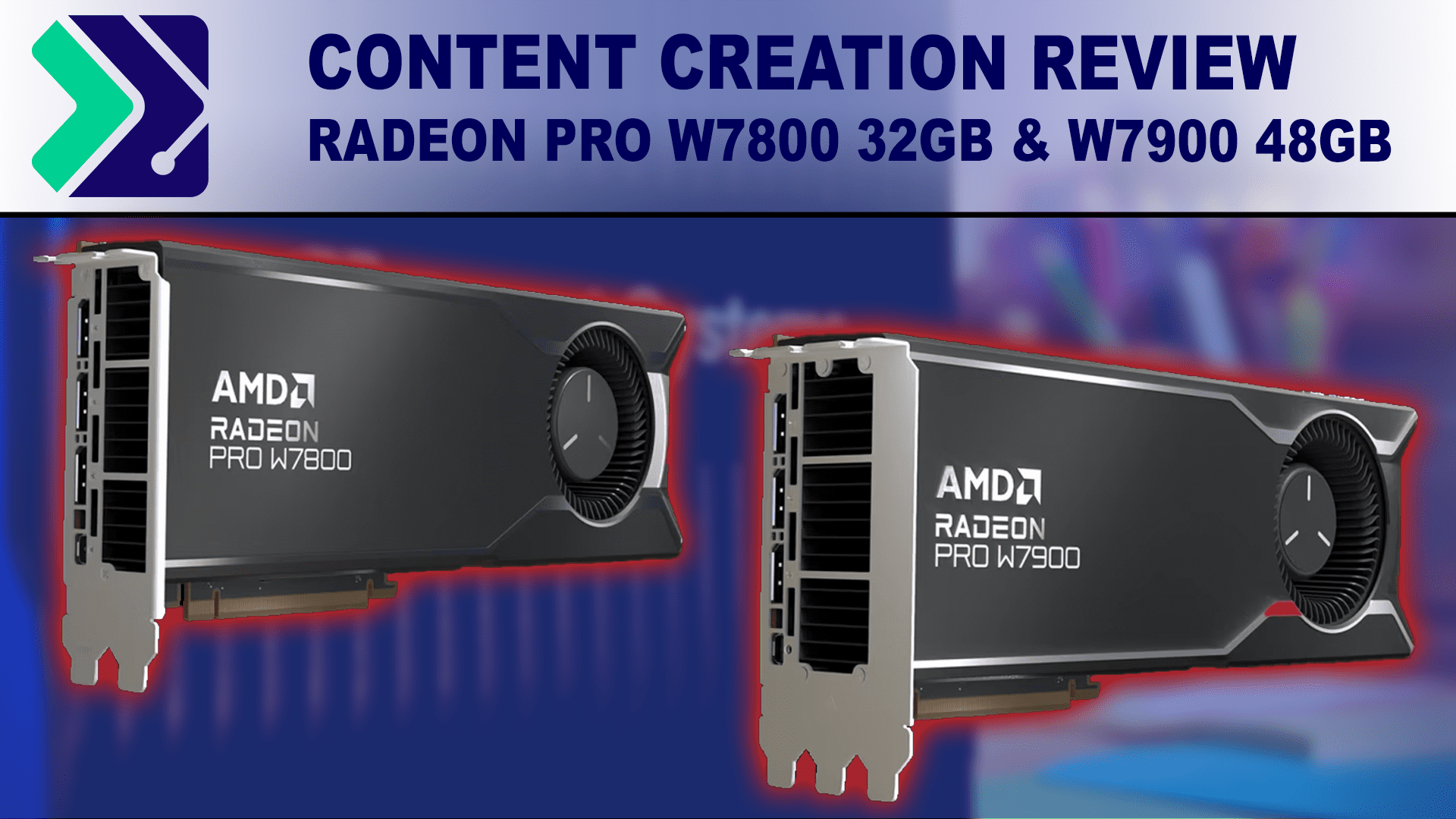
 www.pugetsystems.com
www.pugetsystems.com
The first example is the game called "Satisfactory", featuring Software Lumen without Nanite, the game allows you to toggle Software Lumen off and on, and examine the performance. Problem is, with Lumen activated, fps takes a huge hit, @4K the 4090 dropped from 150fps without Lumen to just 44fps with Lumen, a 4080/7900XTX dropped from 108/118 fps to just 28fps.
In effect, for Ada/RDNA3 GPUs, Lumen off is at least 3x times faster than Software Lumen. For Ampere/RDNA2, the picture is quite worse, Lumen off is 4x times faster on the 3080Ti, while being 5X times faster on a 6900XT.
4090: 44 fps
4080: 28 fps
7900XTX: 28 fps
3080Ti: 20 fps
6900XT: 16 fps

Satisfactory: PC Performance Benchmarks for Graphics Cards and Processors | RPG/Role Playing | GPU TEST
We have tested the Satisfactory game at the highest graphics settings, on video cards from the GEFORCE RTX and RADEON RX series. Satisfactory was the first game from a third-party developer to receiv
The second example is the game Layers of Fear, with it's use of Hardware Lumen, without Nanite, at 4K max settings it runs well only on the 4090.
4090: 75 fps
7900XTX: 50 fps
3080: 37 fps
6800XT: 30 fps

Layers of Fear im Technik-Test: Das erste "echte" Spiel mit Unreal Engine 5? [Update]
Layers of Fear 2023 im Technik-Test: Benchmarks & Fazit
The third example is the playable demo called "The Old West: Northwood", featuring Hardware Lumen + Nanite, the demo is extremely heavy even at 1080p, as a 4090 barely did 41fps.
4090: 41fps
4080: 31 fps
7900XTX: 22 fps
3080Ti: 21 fps
6900XT: 13 fps

The Old West: Northwood: PC Performance Benchmarks for Graphics Cards and Processors | RPG/Role Playing | GPU TEST
We tested The Old West: Northwood at the highest graphics settings, on video cards from the GEFORCE RTX and RADEON RX series. The Old West: Northwood has full support for Lumen technology on Unreal
The fourth example comes from PugetSystems, who made a UE5.2 test scenario with Software Lumen and Hardware Lumen. Software Lumen is often 50% faster than Hardware Lumen on Ada and Ampere, while being 70% faster on RDNA3, meaning RDNA3 takes a bigger hit from Hardware Lumen.
Software:
RTX Quadro Ada: 70 fps
Radeon Pro W7900: 53 fps
RTX Quadro Ampere : 42 fps
Hardware:
RTX Quadro Ada: 45 fps
RTX Quadro Ampere : 31 fps
Radeon Pro W7900: 28 fps

AMD Radeon PRO W7800 and W7900 Content Creation Review
AMD's has released the Radeon PRO 7000 series of graphics cards featuring up to 48 GB of VRAM. How do they compare to NVIDIA's RTX Ampere and Ada GPUs?
 www.pugetsystems.com
www.pugetsystems.com
Last edited:


